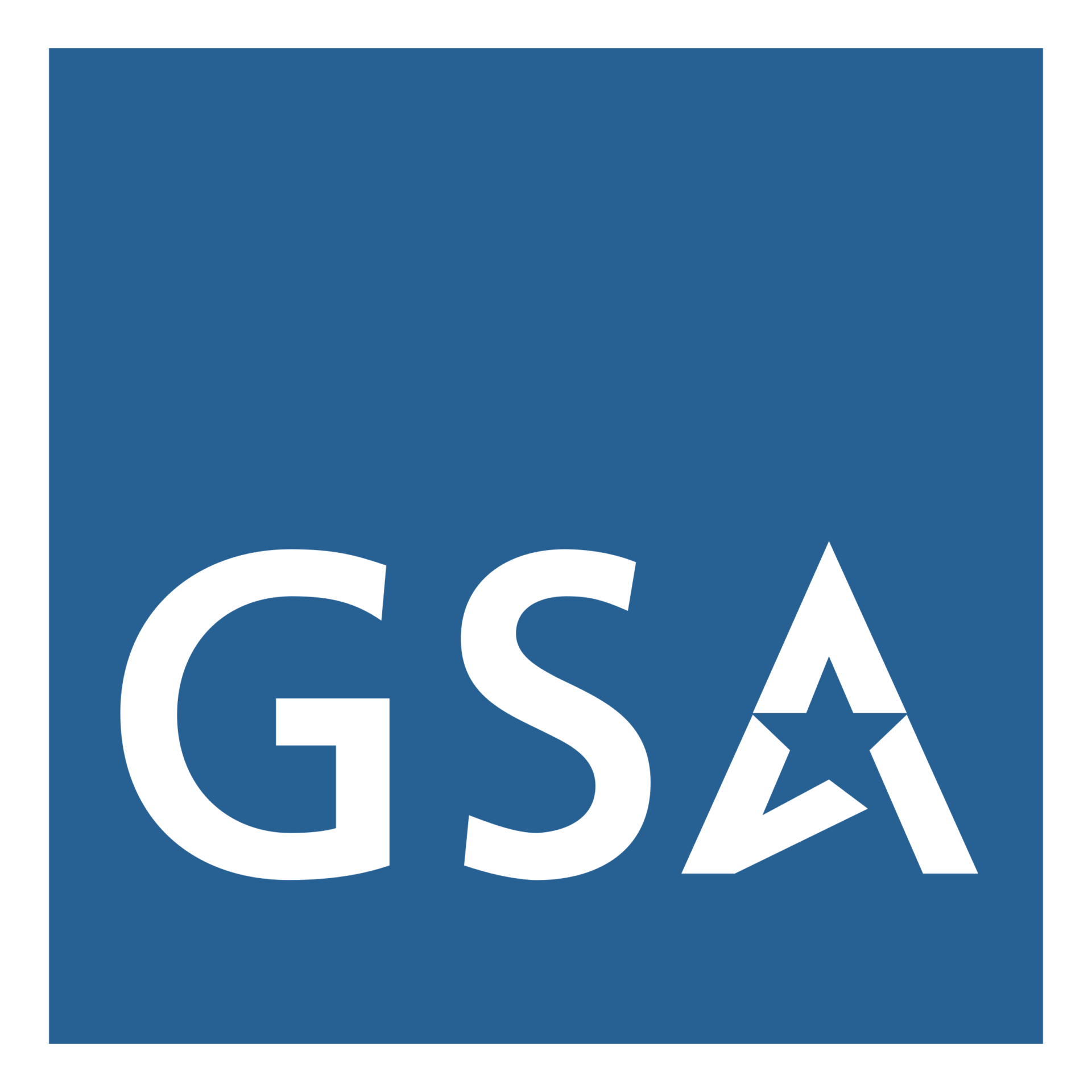E-1.1 Purpose
The purpose of Appendix E is to provide acquisition professionals with guidance and/or best practices for conducting market research, developing solicitations, evaluating proposals, and awarding acquisitions requiring intellectual property (IP), data deliverables, and associated license rights. IP, data deliverables, and associated license rights are required for the operation, maintenance, installation, and training (OMIT); modernization; and sustainment of Army systems and services throughout a program’s lifecycle.
Historically, the acquisition of IP, data deliverables and associated licenses has been constrained by the Government’s inability to accurately define requirements, resulting in a number of programs becoming “vendor locked” into sole source agreements. The Government is now focused on reducing the number of sole source arrangements, promoting competition to the maximum extent practical, and avoiding or mitigating scenarios where a small amount of proprietary technology restricts a competitive re-procurement or sustainment of a system or service.
Title 10, U.S.C. § 2464(a)(1) states that the DoD must maintain a “ready and controlled” source of technical competencies and resources necessary to ensure effective and timely response to mobilization, national defense contingency situations, and other emergency requirements. In order to achieve that objective, appropriate levels of IP, data deliverables, and associated license rights must be obtained. The acquisition authority for licensing, management of IP, data deliverables and associated license rights is Title 10, U.S.C. Chapter 275, Proprietary Contractor Data and Rights in Technical Data.
The Program Office is responsible for preparing an IP Strategy, which is summarized, or wholly contained within, in the Acquisition Strategy/Plan sent to the Contracting Officer. The IP Strategy is a living document that identifies and manages the full spectrum of required IP, data deliverables, and associated license rights from inception of a program through the complete life cycle. The continuous assessment of program needs can lead to achieving greater competition and more affordable sustainment costs within the business objectives of the program.
The information provided in this Appendix and referenced templates are focused on generating thoughts and discussions among and across the respective acquisition teams. Use and/or modify as appropriate for individual acquisitions.
NOTE: This guide may be used for all source selections, however, the language used in this guide is tailored to FAR Part 15 processes and procedures.
 An official website of the United States Government
An official website of the United States Government


